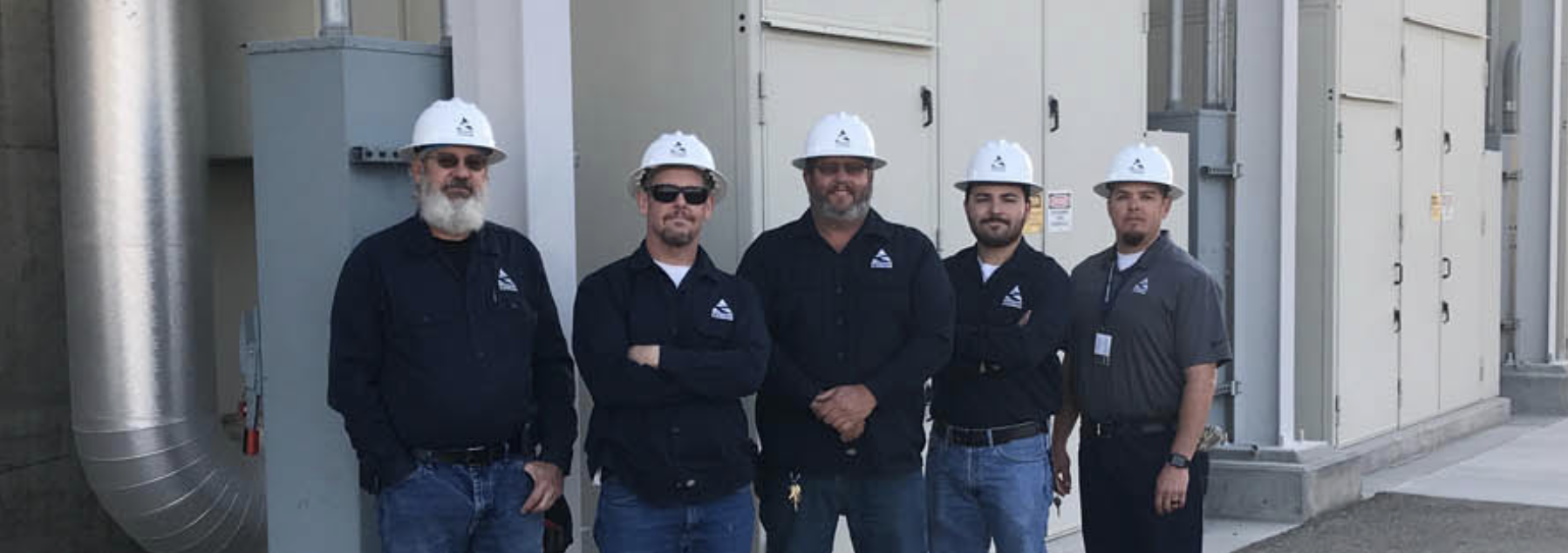 Reprinted with permission from Woodard & Curran
Reprinted with permission from Woodard & Curran
If a water reclamation facility goes off-line, it is a major problem. Yet there are certain major maintenance operations that can’t be done while the process is running normally. So, what gives when this particular irresistible force meets this immovable object? You have to get creative.
The City of Victorville, CA built an innovative treatment plant for their community in 2010, which takes both sanitary wastewater as well as industrial wastewater from a beverage bottling facility and provides recycled water to a nearby power plant. It handles an average flow of 1.7 million gallons per day. As the designers and operators of the facility, Woodard & Curran has been there every step of the way. After nearly a decade of successful operations, the facility’s capital improvement plan included an upgrade to the plant’s membrane bioreactors. This required the full cleaning and thorough maintenance on two aeration basins, two anoxic tanks, one distribution channel, and an aerobic mix tank.
This kind of large-scale maintenance effort requires an immense amount of coordination and teamwork to accomplish. The work needs to be carefully sequenced to avoid disruptions to service, and everyone needs to be focused and committed throughout the entire process. In Victorville, our operations team planned the work, which would require more than three full days to execute. Over more than 87 hours, the team of five operators coordinated with multiple clients, contractors, and crews to execute a plan they worked for months to pull together. The project was completed with no injuries, under budget, and in a third less time than scheduled.
Like every well-executed project, this one hinged on good planning and an ability to adapt to unexpected challenges. On day one, the team encountered unexpected increased wastewater volume from the bottling plant. The higher load was definitely a concern, but the operations team already had a bypass system in place to send sanitary flow to the nearest regional facility.
With the bypass taking excess flow but the plant still online, the crews drained one basin into another using a portable pump. Once empty, contractors moved quickly to complete the cleaning. The process was repeated until all the tanks basins were cleaned with work going on around the clock. As the cleaning was going on, the operations crew also inspected equipment for potential issues and quickly repaired or fixed any problems. Fortunately, little needed to be done thanks to a strong maintenance program in place since the facility’s commissioning.
At the end of the almost 90-hour process, the aeration system for the plant was once again in its design state, meaning it operated exactly as it had when first installed. This created some small efficiency gains thanks to the small repairs and adjustments made.
The labor and commitment from our operations team and the contractors and clients were essential to pulling it all off safely and quickly. This kind of project is both an exceptional effort, and one that many facilities will have to complete as their assets age or require upgrades. In Victorville, the facility is now ready for a major investment that will set the city up for many more years of successful operations.